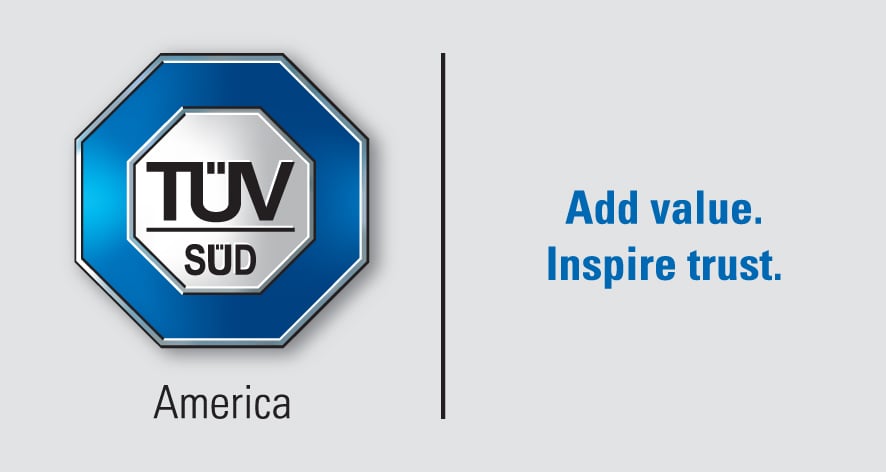Farmers these days no longer have to struggle during winter months when the hours of daylight may be insufficient for plant growth. They can choose to grow with LEDs. Lighting luminaires and fixtures based on light-emitting diode (LED) technology are rapidly becoming the standard for use in indoor farms and other controlled horticultural environments, due to the ability to more precisely customize the spectra of light they emit. The first use of artificial light for plant growing and research was in 1868 by Russian botanist, Andrei Famintsyn.[1] From then indoor farming has become a modern practice.
Innovations in agricultural production, including indoor farming and other forms of controlled environment agriculture, will be an essential component in the effort to meet the projected global demand for nutritious food in the second half of the 21st century. However, just as in outdoor agricultural settings, successful indoor plant growth depends on a number of environmental variables, such as ambient temperature, water quality and lighting conditions. Further, individual plant types generally require a unique combination of each of these variables to help ensure optimal growth.
LED lighting fixtures offer significant advantages over high-pressure sodium (HPS) lamps and other lighting technologies previously used in indoor farming facilities. First, they represent a far more energy-efficient source of light, using only a fraction of the power previously required. This helps make LED lighting a more environmentally-friendly alternative to conventional lighting.
More importantly, various aspects of the light emitted by LEDs are, in theory, infinitely adjustable. Characteristics such as photosynthetic photon flux (PPF), photosynthetic photon intensity distribution (PPID) and spectral quantum distribution (SQD) are lighting performance variables that can be integrated into the design of the LED fixture to deliver the specialized lighting “recipe” that is unique to each plant. In this way, LED lighting fixtures can support the creation of an optimal indoor environment for a given plant type and help to maximize growth and production yields.
